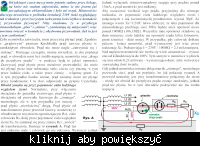Please tell me how the electricity works "in the socket". If what it is I know what is alternating current. I am interested in the very operation of this. Perhaps it will be best to say it on an example  I propose a welder.
I propose a welder.
I know that to connect the welder to 230V, we connect the ground and 0 (omitting the protective conductor), and to connect it to 400V, 2 phases are connected. And now I wonder what is the role of 0 in this second connection?
Maybe you know a link where the operation of single-phase and three-phase current is precisely explained?
I know that to connect the welder to 230V, we connect the ground and 0 (omitting the protective conductor), and to connect it to 400V, 2 phases are connected. And now I wonder what is the role of 0 in this second connection?
Maybe you know a link where the operation of single-phase and three-phase current is precisely explained?




